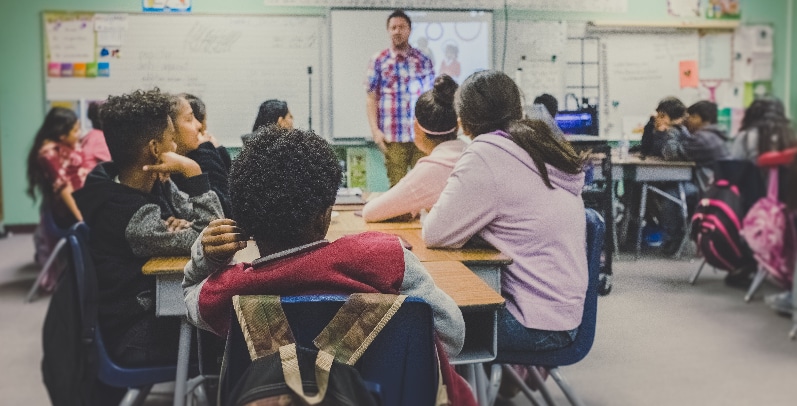As a restaurant manager, how would you feel if you were suddenly tasked with inspecting the food in your own kitchen? Or as a gymnastics coach, how would you react if you were asked to score your own team’s performances in a competition? It’s clear that when one person is both a manager or coach and an evaluator, conflicts of interest can arise. Yet, in the field of education, it’s common for teachers to both instruct their students and grade their academic achievements.
In conventional K-12 education, teachers are expected to wear many hats. They must design and deliver effective lessons, assess student learning, manage classroom behavior, and build relationships with students and families. But what if we could unbundle the role of the teacher and distribute these responsibilities across a team of experts?
It may be time to rethink the role of the teacher as an assessor and separate the two responsibilities.
Highlighting the need for change
Here are four reasons why it’s problematic for teachers to also be assessors:
1. Inaccurate grading. Developing a reliable and objective grading system is a complex process that requires expertise in psychometrics. Teachers simply don’t have the time or resources to dedicate to this endeavor. As a result, they may resort to creating their own assessments, which may not be scientifically sound and can lead to inaccurate grading.
2. Limited feedback. A teacher’s effectiveness is often reflected in their students’ performance. However, when teachers grade their own students, it becomes difficult to get objective feedback on their own performance as a teacher. There’s a temptation to assume that good results mean good teaching, which can lead to complacency and an inability to improve.
3. Scapegoating. Students may use the subjectivity of grades as an excuse for poor performance, rather than taking responsibility for their own learning. They may blame their teacher for not grading fairly or for having a personal bias, rather than examining their own efforts.
4. Relationship pressures. Teachers have a responsibility to develop positive relationships with their students and their families. However, the way they grade their students can sometimes create tensions in these relationships. When grades are difficult to attain, parents may become upset and pressure teachers to be more lenient. This can lead to inflated grades that don’t accurately reflect a student’s performance or further tension in these relationships.
What a better process could look like
While there are undoubtedly many talented teachers who are skilled at managing these challenges, it’s still worth considering the benefits of unbundling the roles of teaching and assessment. Leveraging technology and creating new staffing models could help create assessment and grading systems that are more reliable, accurate, and free from conflicts of interest.
Imagine a system where students learn through a combination of online and in-person activities, designed by their teachers. As they learn online, they receive ongoing feedback and immediate assessments of basic knowledge from the program. For deeper understanding and critical thinking, students’ work is captured and sent to expert graders for scoring and feedback. By combining machine-graded assessments with human-graded assessments, schools can create a comprehensive picture of student learning and achievement.
Of course, there are many details to work out before such a system can be fully implemented. But the potential benefits are clear: a more rigorous and objective assessment system that allows teachers to focus on supporting and coaching their students, rather than juggling multiple roles and responsibilities.



